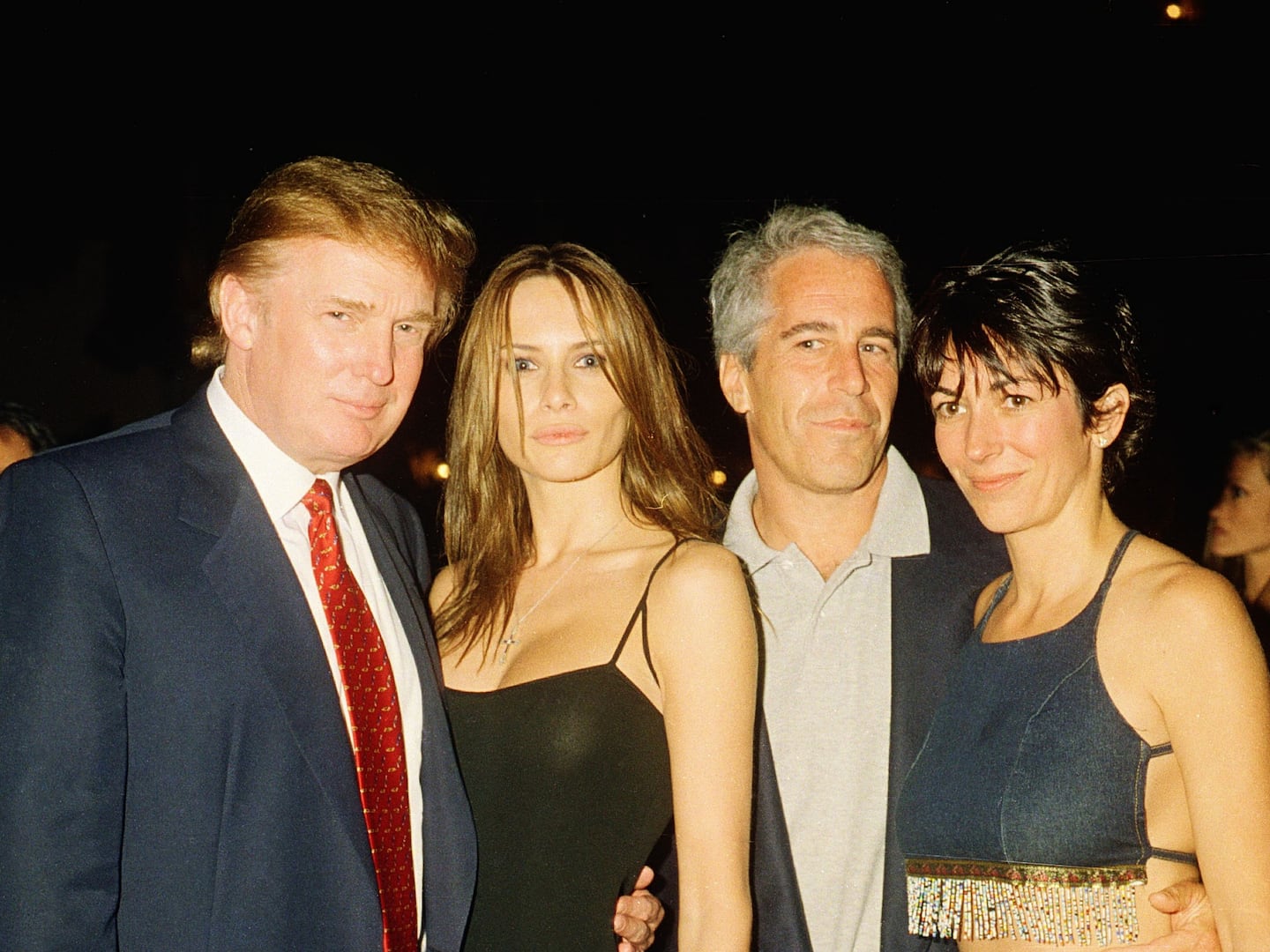YouTube is a readymade radicalization network for the far right, a new study finds.
The Google-owned video platform recently banned conspiracy outlet InfoWars and its founder Alex Jones for hate speech. But another unofficial network of fringe channels is pulling YouTubers down the rabbit hole of extremism, said the Tuesday report from research group Data & Society.
The study tracked 65 YouTubers—some of them openly alt-right or white nationalist, others who claim to be simply libertarians, and most of whom have voiced anti-progressive views—as they collaborated across YouTube channels. The result, the study found, is an ecosystem in which a person searching for video game reviews can quickly find themselves watching a four-hour conversation with white nationalist Richard Spencer.
Becca Lewis, the researcher behind the report, calls the group the Alternative Influence Network. Its members include racists like Spencer, Gamergate figureheads like Carl Benjamin (who goes by ‘Sargon of Akkad’), and talk-show hosts like Joe Rogan, who promotes guests from fringe ideologies. Not all people in the group express far-right political views themselves, but will platform guests who do. Combined, the 65 YouTubers account for millions of YouTube followers, who can find themselves clicking through a series of increasingly radical-right videos.
Take Rogan, a comedian and self-described libertarian whose 3.5 million subscribers recently witnessed him host a bizarre interview with Tesla founder Elon Musk. While Rogan might not express extreme views, his guests often tend to be more fringe. Last year, he hosted Benjamin, the anti-feminist who gained a large following for his harassment campaigns during Gamergate.
Rogan’s interview with Benjamin, which has nearly 2 million views, describes Benjamin as an "Anti-Identitarian liberal YouTuber.” It’s a misleading title for Rogan fans who might go on to view Benjamin’s work.
Benjamin, in turn, has also claimed not support the alt-right. Like other less explicitly racist members of the network, he’s hyped his “not racist” cred by promoting livestreamed “debates” (a favorite term in these circles) with white supremacists.
But the line between “debate” and collaboration can be indistinct, as Lewis noted in her study. She pointed to one such debate between Benjamin and Spencer, which was moderated by white nationalist creep Jean-Francois Gariepy, and which briefly became the world’s top trending live video on YouTube, with more than 10,000 live viewers.
“In his video with [Richard] Spencer, Benjamin was presumably debating against scientific racism, a stance he frequently echoes,” Lewis wrote in her study. “However, by participating in the debate, he was building a shared audience—and thus, a symbiotic relationship— with white nationalists. In fact, Benjamin has become a frequent guest on channels that host such ‘debates,’ which often function as group entertainment as much as genuine disagreements.”
Debates are often better measures of rhetorical skill than they are of an idea’s merits. A well-spoken idiot might stand a good chance against a shy expert in a televised argument. When they disagreed during the four-hour livestream, Spencer, a more practiced speaker, mopped the floor with Benjamin. The debate earned Spencer new followers, some of whom appear to have been lured in by the other YouTubers’ thinly-disguised bigotry.
“I’ve never really listened to Spencer speak before,” one commenter wrote. “But it is immediately apparent that he’s on a whole different level.”
And Benjamin has been willing to collaborate with further-right far right YouTubers when the circumstances benefited him.
“In many ways, we do have similar objectives,” he told the openly racist YouTuber Millennial Woes in one video cited in the study. “We have the same enemies, right? I mean, you guys hate the SJWs, I hate the SJWs. I want to see the complete destruction of social justice. . . . If the alt-right took the place of the SJWs, I would have a lot less to fear.”
“Some of the more mainstream conservatives or libertarians are able to have it both ways,” Lewis told The Daily Beast on Tuesday. “They can say they reject the alt-right … but at the same time, there’s a lot of nudging and winking.”
Her report cited other instances of this phenomenon, including self-identified “classical liberal” YouTuber Dave Rubin, who promotes anti-progressive views on his talk show, where he hosts more extreme personalities, ostensibly for debate. But the debates can skew friendly. The study pointed to a conversation in which Rubin allowed far-right YouTuber Stefan Molyneux to make junk science claims unchecked. A description for the video encouraged viewers to do their own research, but provided links to Molyneux’s own content.
“It gives a generally unchallenged platform for that white nationalist and their ideas,” Lewis said on Tuesday.
YouTube’s algorithms can sometimes reward fringe content. Researcher Zeynep Tufekci previously highlighted the phenomenon when she noted that, after she watched footage of Donald Trump rallies, YouTube began recommending an increasingly radical series of white supremacist and conspiracy videos.
Lewis said YouTubers have learned to leverage the site’s algorithms, frontloading their videos with terms like “liberal” and “intersectional” in a bid to “hijack” search results that would typically be dominated by the left.
YouTube, which is built to keep users watching videos, might be a perfect recruiting platform for fringe movements, which want followers to remain similarly engaged.
“One way scholars of social movements often talk about recruitment is in terms of the capacity of the movement to bring in new recruits and then retain them,” Joan Donovan, a research lead at Data & Society said on Tuesday.“Social media is optimized for engagement, which is both recruitment of an audience and retention of that audience. These groups often use the tools of analytics to make sure they continue to grow their networks.”






